Always in search of new ways to achieve spiritual and healthy balance, we dive into the wisdom of India to gain knowledge that will improve our quality of life. Today we have prepared something special for you. Unlike most therapies that require special equipment and preparation, this is a massage that provides us with affordable care – care that we can provide for ourselves.
In times of increased social isolation, each of us needs an easy way to improve our health. Abhyanga is a powerful therapeutic method that draws on the millennial wisdom of Indian medicine. It's no coincidence she is trusted by stars and celebrities around the world.
It can be said that the popularity of abhyanga is equivalent to that of our national pride – the traditional rubbing with brandy. However, there are some fundamental differences in the purpose and nature of therapy. See the characteristics of Indian oil massage below.
The gentle touch with oil – the most wonderful ritual to start your day
You are probably wondering what this massage actually is. In fact, there is nothing so complicated about it. In general, the term "abhyanga" refers to a class of massages in Ayurveda, which are performed with the help of heated oil.
Once learned, we can apply it to ourselves. This is an extremely valuable skill in times like today, when access to rehabilitation therapy and preventive care is limited for many of us.
When and how often should abhyanga be performed?
Abhyang is always beneficial, even when applied only once every few weeks. However, Indian folk medicine classifies the ritual as the so-called dinachara – or in other words, the daily practices in the life of the devotee.
They are described in ancient Ayurvedic texts. They are preached regularly in order to maintain good health. How often each of us has to do it depends on the individual ratio of our life energies, the so-called Ayurveda doshas.
People with dominant vata dosha should do abhyanga every day. With coffee dosha, especially if the selected oil is more oily, we can cause an imbalance, if we overdo the frequency of the procedure. If this is the case, you can, for example, alternate this therapy with garshana (so-called dry massage in Ayurveda).
What oil should I choose for my abhyanga?
For the ritual you will need two types of oil:base and essential (aromas). The choice of both the base and the additional oils depends on the ultimate goal we are pursuing, as well as on the balance of the doshas.
Base oil:
- Pita dosha is characterized by a hot, fiery nature. Therefore, if we need to calm the pie, sunflower seeds are a suitable choice. It absorbs quickly and is not so greasy. It is light and has no warming effect.
- For vata dosha use more fatty oils such as almond, avocado, sesame and others.
- Lighter and non-greasy oils such as linseed, rapeseed or mustard oil should be used if you have a more developed coffee dosha.
If you don't know your Ayurvedic constitution at the moment, you can use neutral oils like coconut or shea butter. The quickest way to get at least a glimpse is to take an online test, but to get a detailed and expert analysis, it is better to consult a specialist.
Can this therapy be contraindicated and when?
It is good to skip abhyanga, if we have overeaten or consumed alcohol in the next few hours. The therapy is also not applicable for fever or chills, as well as during menstrual bleeding and women, pregnancy or lactation. Better wait for these periods to pass. Another inappropriate moment is after the application of basti therapy (enema).
People with too irritated coffee dosha should also be careful.
If you suffer from chronic diseases that could be aggravated by heating, consult a specialist about what oils to use.
How does abhyanga self-massage help us?
Health benefits
Combiningthe powerful healing properties of oil massage and aromatherapy, abhyanga helps us regulate the balance of doshas in our body. Calms the heart rhythm and relieves stress. Abhyanga also has a detoxifying effect and suppresses fatty secretions that block the channels in the body.
These are just some of the miracles that the daily abhyanga ritual can bring to our lives. The application of the therapy locally and purposefully in certain areas of the body cures a number of different disease states. Foot massage in this way, for example, is applied as part of complex vision improvement programs developed in Ayurveda.
Applying oil with massaging movements all over the body also has an exceptional tonic effect and is a great prophylactic therapy.
Applications in cosmetics
Beauty salons and spas are also fans of the Indian ritual, as it is accessible and pleasant for customers, and gives visible results in a relatively short period of time. Abhyanga therapy is extremely suitable if we have a steam bath, sauna or other facility available, where we can indulge in warming relaxation procedures after it.
As it improves the blood supply to the skin, abhyanga massage helps it stay elastic and regenerate faster. For this reason, it is used in many rejuvenating and beautifying procedures. Proven to help with cellulite, wrinkles, and also to treat scars.
Abhyanga as a spiritual practice
Many Ayurvedic doctors and psychologists recommend the daily applicationof massage as a practice that teaches us to take care of ourselves and love each other. To rediscover love and attract positive energies, it is important to practice abhyanga and similar rituals as often as possible.
It is recommended to combine with meditation, reading or other activity that helps you concentrate and relax. Usually if you have a massage at a spa or Ayurveda clinic, you will notice that charming and slow Indian background music is played.
How is abhyanga done?
At home, the procedure is good to do in the bathroom,by putting a towel under yourself so that we do not have to worry about the fact that the oil can stain the furniture.
You can prepare the massage oil in an empty shampoo tube, for example. This will allow you to use it as a convenient applicator for therapy. Heat the oil as in the tube by immersing it in hot water. If you want to avoid high-temperature plastic so far, heat the oil in a ceramic bowl and apply with a cotton cloth.
Once you have applied the oil to your body, start rubbing it in a circular motion, first in the area of the scalp (upper part of the head). We continue with the front of the head and ears. We go down slowly along the torso and down to the abdomen.
In the chest area, massage movements should be in the direction from outside to inside, experts advise. Then we start rubbing the back and waist. We go down to the buttocks, legs and feet, paying attention to all the joints and muscles.
After we have massaged the whole body, it is necessary to wait for 10-15 minutes. Thus, the healing oils will be able to absorb into the body and deliver its useful properties.
After the massage it is appropriate to take a warm, relaxing bath or a bath(steam bath).
Abhyanga is one of the favorite wellness treatments of Hollywood actress Gwyneth Paltrow, who in recent months has undergone intensive therapies in the comfort of her home in Los Angeles.
Thanks to the pleasant and warming massage, we can achieve enviable results only within a month. For optimal results, continue to practice every day or less often according to the dosha.

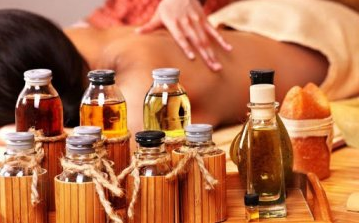
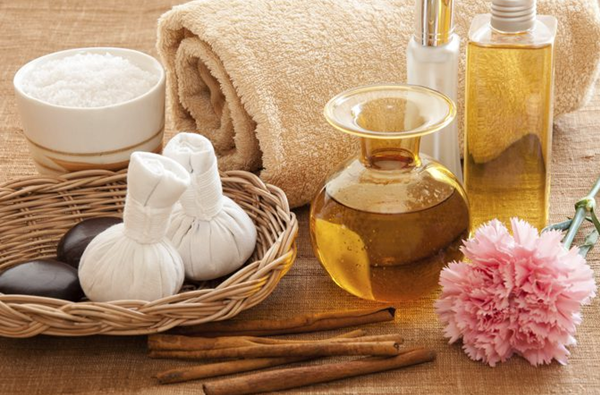
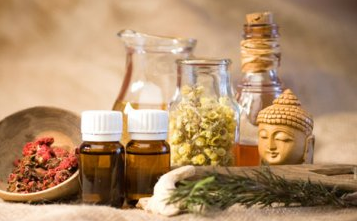
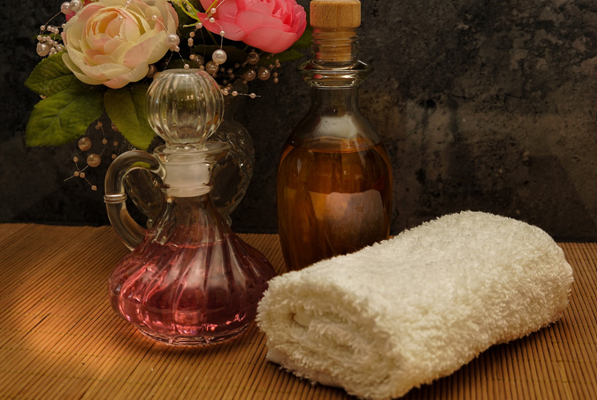
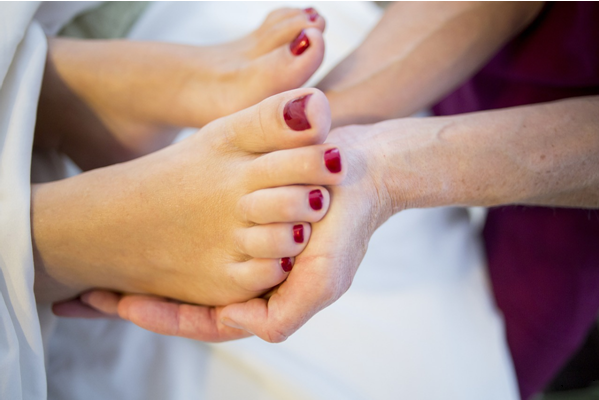

0 Comments